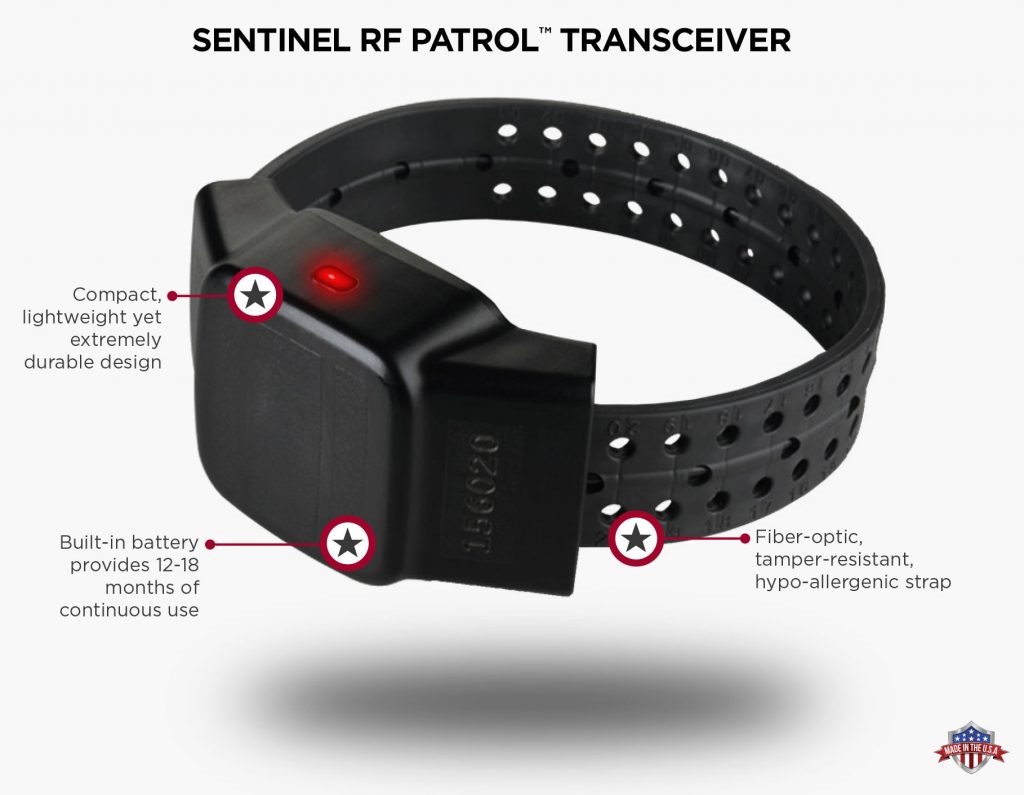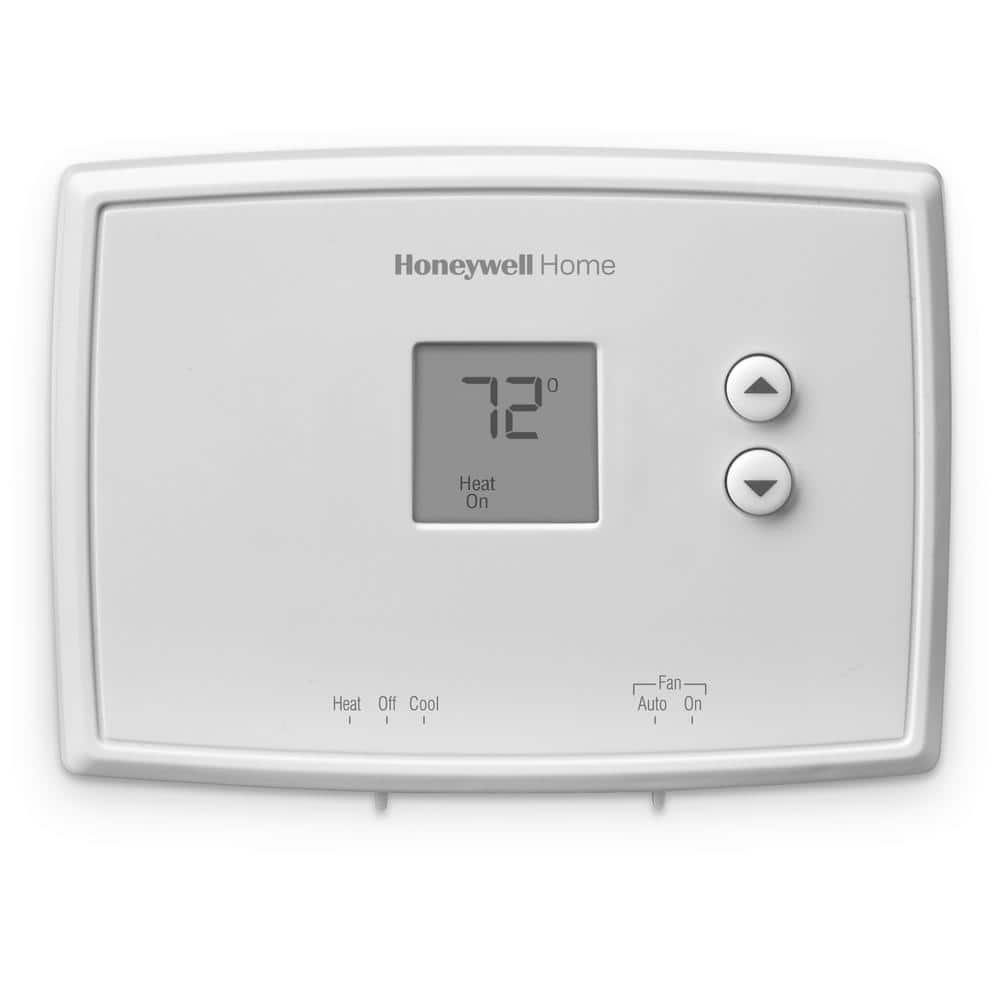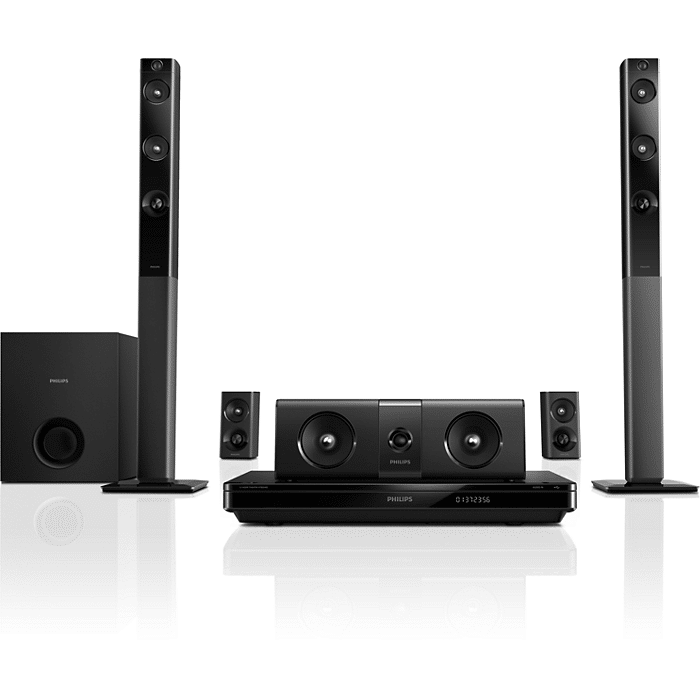Electronic Home Monitoring is a growing trend in modern security. It offers peace of mind and convenience right at home.
Finding reliable electronic home monitoring services nearby has become essential for many. As safety concerns rise, more people look for solutions that fit their lifestyle and needs. Electronic home monitoring provides a flexible alternative to traditional security systems. It helps track activities and ensure safety within the comfort of your home.
Many options are available, from simple cameras to advanced systems with remote access. Understanding how these services work can help you make informed choices. This blog will guide you through the essentials of electronic home monitoring near you, helping you find the best options to secure your space effectively and efficiently. Stay tuned for insights and tips to enhance your home security.

Credit: sentineladvantage.com
Introduction To Electronic Home Monitoring
Electronic Home Monitoring offers a modern solution for various needs. It combines technology with convenience, ensuring safety and efficiency. This system allows individuals to stay in their homes while being monitored remotely. The technology is gaining popularity for its ease of use and effectiveness.
What Is Electronic Home Monitoring?
Electronic Home Monitoring uses technology to track and monitor activities. It often involves devices like GPS trackers or wearable gadgets. These tools help ensure compliance with rules and regulations. Monitoring can be 24/7, providing real-time data and updates. It is commonly used in legal, medical, and personal security contexts.
Benefits Of Local Monitoring Systems
Local systems offer several advantages. First, they provide peace of mind with constant supervision. Users can feel secure knowing help is nearby if needed. Second, local systems often have faster response times. This ensures quicker assistance in emergencies.
Another benefit is cost savings. Local monitoring can be more affordable than traditional methods. It reduces the need for physical presence, saving time and money. Lastly, local systems support community engagement. They encourage local businesses and services, fostering community growth.
Types Of Home Monitoring Technologies
Electronic home monitoring offers diverse technologies to enhance security and convenience. Options include smart cameras, door sensors, and alarm systems. These devices help keep homes safe and alert homeowners to unusual activities.
When thinking about enhancing your home’s security, understanding the various types of home monitoring technologies can be your first step. These technologies have evolved significantly, providing more efficient and accessible ways to keep your home safe. Let’s explore some of the most popular options available today, including video surveillance and smart alarm systems.Video Surveillance Options
Video surveillance is a cornerstone of home monitoring technologies. Options range from basic cameras that you can monitor via your smartphone to advanced systems with night vision and motion detection. Have you ever wondered if you could see who’s at the door without actually opening it? With video doorbells, you can do just that. They allow you to view live footage directly on your phone. Moreover, some systems offer cloud storage, so you can review past footage anytime. Consider what level of surveillance suits your lifestyle before making a choice.Smart Alarm Systems
Smart alarm systems have redefined how we perceive home security. Unlike traditional alarms, these are connected to your home’s Wi-Fi, allowing you to control them remotely. Imagine you’re on vacation and suddenly remember that you forgot to set the alarm. With a smart alarm system, you can activate it from anywhere with an internet connection. These systems can send you real-time alerts to your phone if they detect suspicious activity. They can even integrate with other smart devices, creating a seamless security network around your home. Choosing the right technologies depends on your specific needs and lifestyle. Which feature would make you feel most secure at home?Choosing The Right Monitoring System
Choosing the right electronic home monitoring system can feel overwhelming. With so many options, it’s crucial to find the one that fits your needs. Understanding what you need helps narrow down the choices. Let’s explore how to assess your security needs and budget considerations.
Assessing Your Security Needs
Start by examining your home’s vulnerabilities. Which areas need the most protection? Entry points, such as doors and windows, often need attention. Consider the size of your property. Larger homes might require more cameras. Do you need indoor or outdoor cameras? Think about the types of threats you want to monitor. Burglaries, fires, or other emergencies? Each situation might need different solutions.
Budget Considerations
Your budget plays a big role in system selection. Determine how much you can spend. Basic systems might cost less but offer fewer features. More advanced systems could be pricier. They might provide extra security features. Consider any long-term costs. Subscription fees for monitoring services could add up. Weigh the benefits of each option against your budget. Find a balance between cost and security.
Installation Of Monitoring Systems
Electronic home monitoring systems are crucial for enhancing home security. They provide real-time surveillance, ensuring safety and peace of mind. Installing these systems requires careful planning and execution. Choosing between professional or DIY installation is a key decision. Both options offer distinct advantages and challenges. Understanding the installation process helps in making informed choices.
Professional Vs. Diy Installation
Professional installation ensures expertise and precision. Experts handle complex setups efficiently. They guarantee optimal performance and security. Their experience reduces installation errors. DIY installation offers flexibility and cost savings. It allows customization based on specific needs. Easy-to-follow guides aid in the process. DIY requires patience and technical skills. Choosing the right method depends on budget and personal preferences.
Essential Equipment Setup
Correct equipment setup is vital for effective monitoring. Cameras should cover all vulnerable areas. Motion sensors add an extra layer of security. Proper placement enhances detection capabilities. Network connections must be secure and reliable. Test all components to ensure functionality. Regular maintenance keeps the system in top condition. A well-set system deters potential threats effectively.
Integrating Smart Home Devices
Integrating smart home devices with electronic home monitoring offers many benefits. These devices can enhance comfort, convenience, and safety. They work together to create a seamless living experience. With smart technology, managing your home becomes easier.
Compatibility With Existing Technology
Smart home devices should work with your existing technology. Compatibility ensures smooth operation and easy integration. Many devices are designed to fit into current home systems. They can connect with Wi-Fi, Bluetooth, or other networks. This makes installation simple and quick.
Before purchasing, check if the device supports your system. Look for compatibility labels or descriptions. Reading product reviews can also help. They often mention if devices work well with certain setups. Choosing the right devices saves time and hassle.
Enhancing Security Through Automation
Smart devices can boost your home’s security. Automated systems provide constant monitoring. They can alert you to unusual activity. This helps in taking quick action if needed.
Devices like smart cameras and alarms are highly effective. They can be programmed to activate at specific times. Some systems even learn your routines. This makes your home safer and more secure.
Using smart locks adds another layer of protection. They allow remote access control. You can lock or unlock doors from anywhere. This provides peace of mind when you’re away.
Overall, integrating smart home devices enhances security. It makes managing your home easier and more efficient.

Credit: www.king5.com
Privacy Concerns With Home Monitoring
Electronic home monitoring offers many conveniences. Yet, it raises privacy concerns. Many worry about how data is collected and used. Devices often gather personal information. This data needs protection to ensure privacy.
Data Security Measures
Ensuring data security is crucial. Companies use encryption to protect information. This makes data unreadable to unauthorized users. Regular updates also keep systems secure. They fix vulnerabilities and improve protection. Strong passwords add another layer of security. Changing them often is a good practice. Two-factor authentication enhances safety. It requires a second form of verification. These measures help safeguard personal data.
Balancing Privacy And Security
Finding a balance between privacy and security is important. Users need to trust their monitoring systems. Transparency about data use builds trust. Companies should disclose how they handle information. Giving users control over their data is key. They should choose what to share. Privacy settings allow customization. Users can decide which features to enable. This balance ensures peace of mind.
Local Monitoring Service Providers
Electronic Home Monitoring (EHM) has emerged as a crucial tool in ensuring safety and compliance within communities. With the rise of local monitoring service providers, you have more options than ever to choose a service that fits your needs. These providers offer various technologies and support systems to keep individuals accountable while allowing them to maintain daily activities. Understanding your local options can be the key to finding a service that truly meets your expectations.
Finding Providers Near You
Locating local monitoring service providers might seem daunting at first, but it’s easier than you might think. Start by searching online directories or community forums. These resources often have listings and reviews from people just like you who have used these services.
Don’t underestimate the power of word-of-mouth. Ask friends, family, or community members if they have recommendations. Personal experiences can provide valuable insights that you won’t find in online reviews.
Consider reaching out directly to local law enforcement agencies. They often have partnerships with reputable monitoring services and can guide you in the right direction. You might be surprised at how willing they are to assist.
Comparing Service Offerings
Once you’ve identified potential providers, it’s time to compare what they offer. Look into the types of monitoring technology each provider uses. Do they offer GPS tracking, alcohol monitoring, or both? The technology should align with your specific needs.
Evaluate the level of support and communication offered. Are they available 24/7 for emergencies? A provider that offers continuous support can make a significant difference in your experience.
Check for additional services like educational programs or counseling sessions. These can enhance the effectiveness of monitoring by addressing underlying issues. A comprehensive approach can be more beneficial than monitoring alone.
Ask yourself: What are the most critical features you need from a monitoring service? By focusing on your priorities, you can make an informed decision that suits your situation best.
Future Trends In Home Monitoring
Electronic home monitoring is growing in popularity, providing accessible security solutions for nearby residences. Smart devices and mobile apps allow homeowners to monitor their properties easily. This trend enhances safety and convenience, making home monitoring more user-friendly for everyone.
As technology continues to evolve at a rapid pace, the future of electronic home monitoring is poised for remarkable advancements. Imagine a world where your home not only protects you but also thinks for you. From predicting potential issues to seamlessly integrating with your daily life, future trends in home monitoring promise to transform our living spaces into intelligent guardians. As you read on, consider how these changes might impact your own home environment. Are you ready for a home that anticipates your needs?Advancements In Ai Technology
Artificial Intelligence is reshaping the home monitoring landscape. AI systems can now learn your behavior patterns, making your home more secure and efficient. Picture a system that knows when you usually arrive home and adjusts the lighting and temperature automatically. This not only enhances comfort but also conserves energy. AI-driven security cameras can distinguish between a family member and an intruder, reducing false alarms. What new possibilities could AI bring to your home?Increased Connectivity And Smart Features
Our homes are becoming more connected, and this connectivity is at the heart of future trends in home monitoring. With smart features, your devices communicate seamlessly with one another. Imagine your smart doorbell notifying you on your phone when a visitor arrives, regardless of where you are. These features can enhance security and convenience, giving you more control over your home. Have you considered how increased connectivity could simplify your daily routine? Incorporating these trends into your home can lead to a safer and more efficient living environment. As technology continues to advance, staying informed and adapting to these changes can provide peace of mind and comfort. What steps can you take today to prepare your home for the future?
Credit: wittlegal.com
Frequently Asked Questions
How Much Does Ehm Cost In Minnesota?
EHM costs in Minnesota vary widely, typically ranging from $5 to $25 per day. Prices depend on the service provider and the individual’s circumstances. Contact local providers for exact pricing and eligibility details.
How Much Does Scram Cost?
Scram costs vary, typically ranging from $10 to $20 per day. Prices depend on location and service provider. Contact your local provider for an exact quote and any additional fees.
Can A Scram Bracelet Detect Drugs?
A SCRAM bracelet cannot detect drugs. It specifically monitors alcohol consumption through sweat analysis. For drug detection, alternative testing methods are required.
How Does Electronic Home Monitoring Work?
Electronic home monitoring tracks individuals using GPS or RF devices. It ensures compliance with legal restrictions. Devices transmit location data to monitoring centers. Alerts notify authorities of violations or tampering. It’s used for parole, probation, or pre-trial release. Monitoring improves accountability and reduces incarceration costs.
Conclusion
Finding the right electronic home monitoring is important. It ensures safety and peace. Explore options near you for better convenience. Make sure to choose a reliable service provider. Check reviews and ask for recommendations from friends or family. A good monitoring system can offer security and assurance.
Feel more comfortable in your home knowing you’re protected. Remember, a little research goes a long way. Selecting the right system can make all the difference. Stay informed and make the best choice for your needs. Your safety and comfort matter most.











